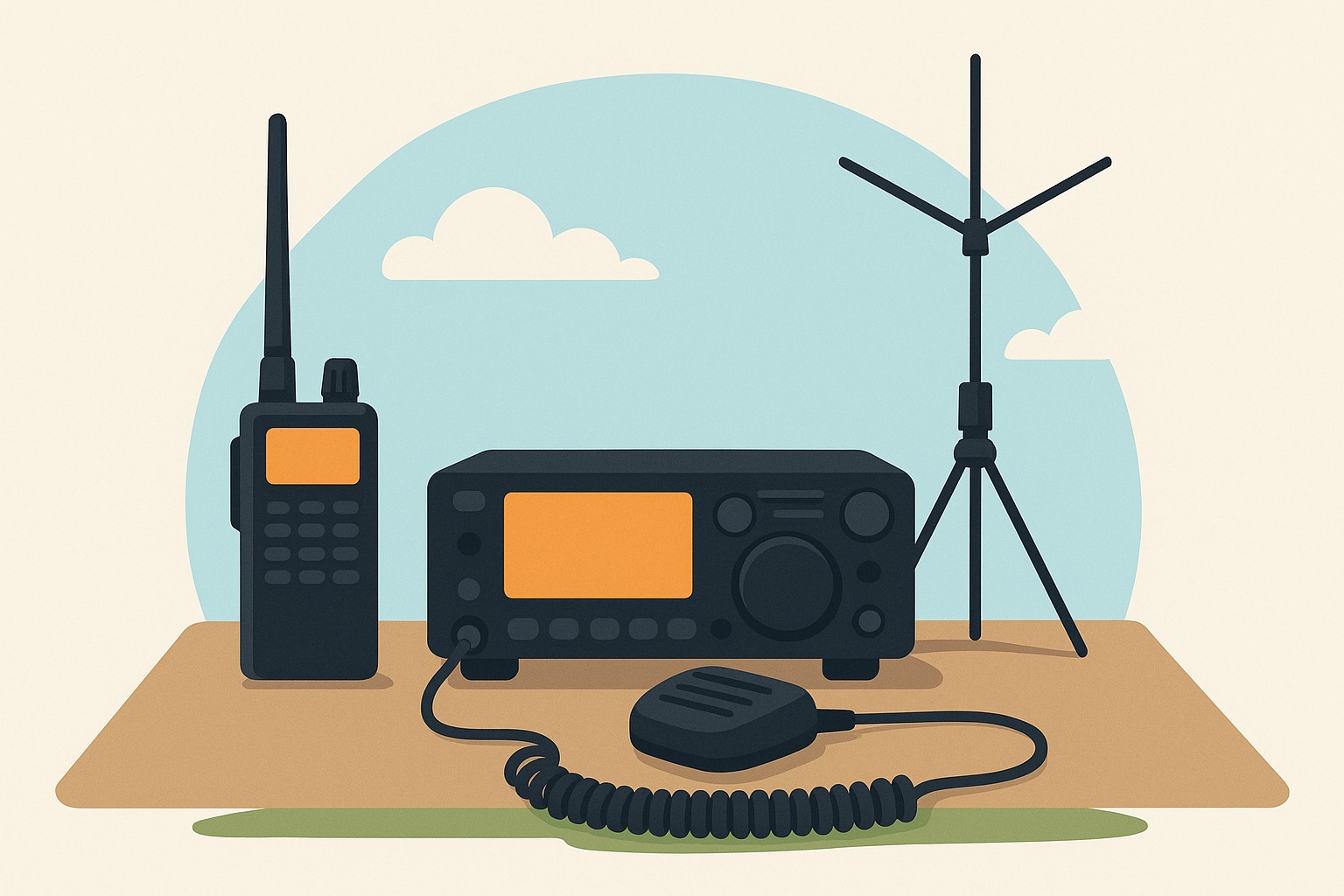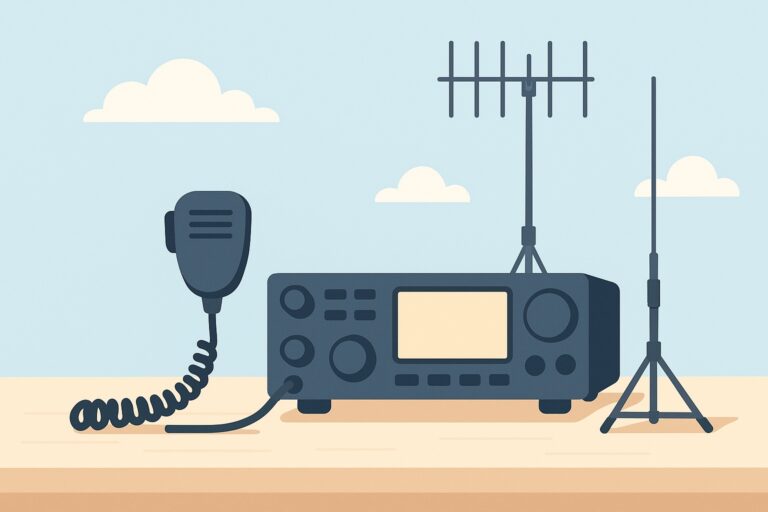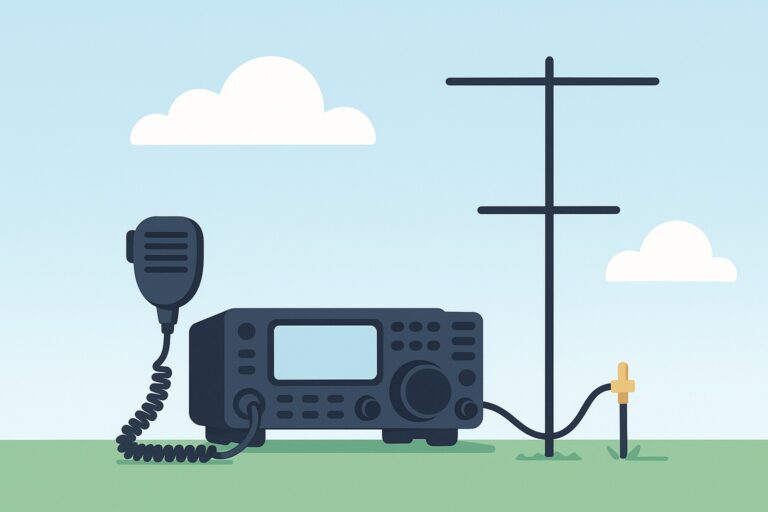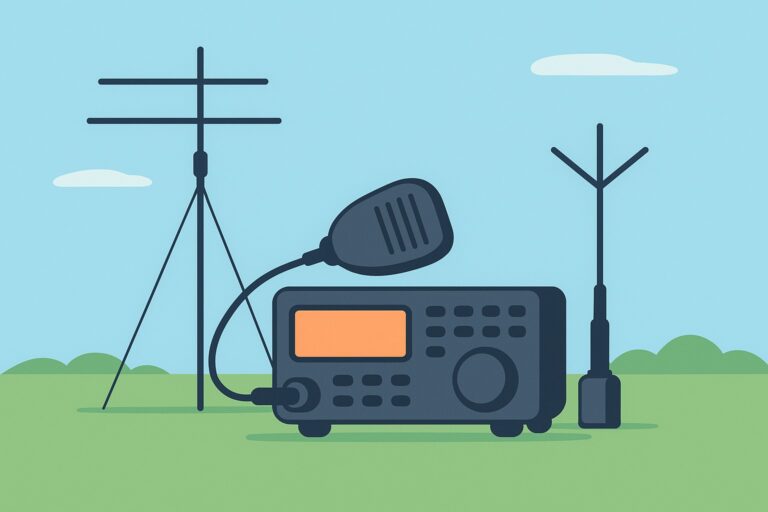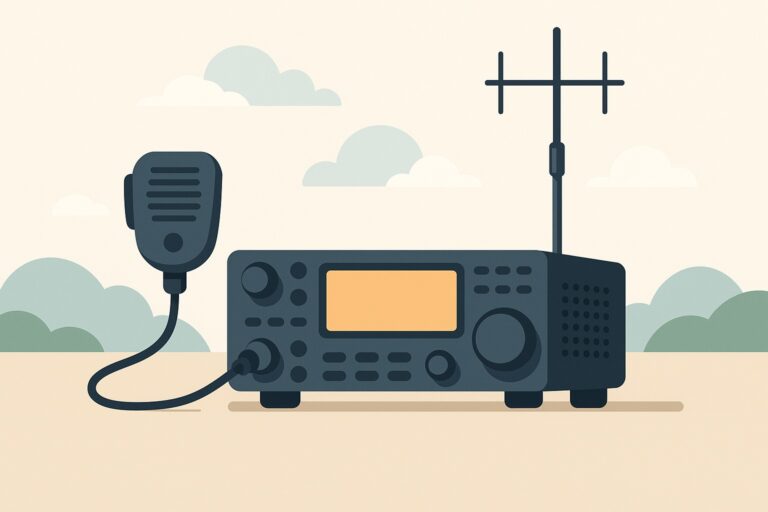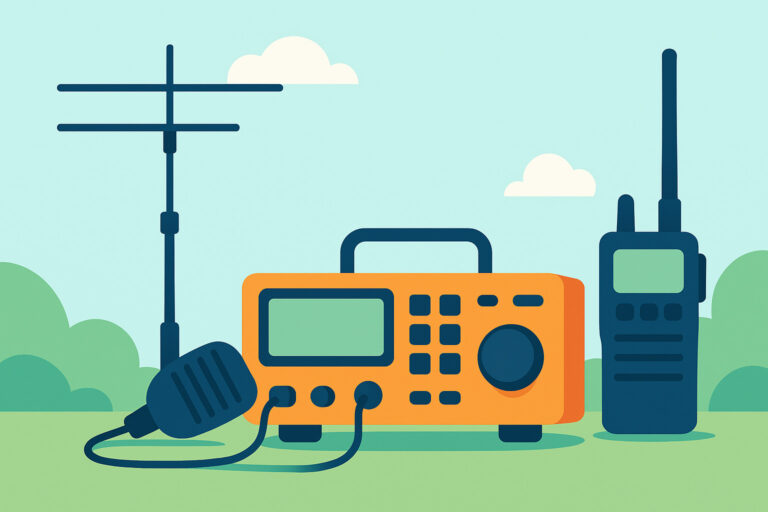Building Your First Ham Radio Go Kit: Essential Items for Emergency Preparedness
When disaster strikes and traditional communication systems falter, ham radio operators step up to keep people connected. Building a reliable ham radio go kit is a vital step for any operator who wants to be ready for emergencies, public service events, or impromptu field operations. Whether you’re a seasoned amateur or working toward your first license, having a thoughtfully curated go kit can make all the difference during critical moments.
Building Your First Ham Radio Go Kit: Essential Items for Emergency Preparedness
Introduction to Ham Radio Go Kits
Ham radio go kits, often called “grab-and-go” kits, are portable collections of radio equipment and supporting gear designed for rapid deployment. These kits allow amateur radio operators to provide communication support during emergencies, community events, or even spontaneous field operations. The importance of these kits cannot be overstated, especially considering that “During Hurricane Harvey, 4% of cell sites in the affected region were out of service, highlighting the importance of alternative communication methods like ham radio.”
Go kits are not just about radios; they include everything necessary to operate independently of infrastructure, often for extended periods. The ongoing commitment of the amateur radio community to public service is remarkable: “In 2022, ARES volunteers provided more than 420,000 labor hours of service, saving local officials $13.4 million in personnel costs.” These numbers underline how valuable well-prepared operators—and their go kits—are in times of need.
Whether you’re participating in disaster response, community events, or preparedness exercises like the ARRL’s Field Day, having a go kit ensures you can serve your community and fellow operators effectively. On https://hamradioplayground.com, you’ll find comprehensive guides and resources to help you build the perfect kit for your needs.
Essential Radio Equipment
The core of any ham radio go kit is, of course, the radio gear itself. Choosing the right combination depends on your license class, operating preferences, and the types of situations you expect to encounter. For most operators, versatility and reliability are key factors.
Here are the primary radio equipment components for your go kit:
- Handheld Transceivers (HTs): Compact, battery-powered, and capable of operating on VHF and UHF bands. These are the go-to radios for local communications and are often the first choice for new operators.
- Mobile Radios: More powerful than HTs, mobile units can be run from a vehicle or external power supply. They often provide higher output power (up to 50 watts or more) and support both VHF and UHF bands, making them suitable for extended-range operations.
- HF Radios: If you’re licensed to operate on HF bands, a portable HF transceiver greatly expands your communication options, especially for long-distance (DX) contacts. Popular models are designed for low power (QRP) and portability, with features like built-in tuners and digital mode support.
- Microphones and Headsets: A reliable microphone or headset ensures your voice is heard clearly. Many operators pack a spare microphone, as failures in the field can happen.
- Programming Cables and Software: Being able to reprogram your radio on the fly is invaluable, especially if you need to change frequencies or load new repeater lists during an emergency.
Don’t forget your license documentation and logbook—whether paper or digital. As the ham community grows—“As of June 14, 2023, there are 761,155 amateur radio operators in the United States”—having your credentials on hand ensures you’re ready to operate legally and ethically wherever you deploy.
Power Supply Options
Reliable power is the backbone of any functional go kit. Without it, even the most advanced radio is just dead weight. When planning your kit, consider redundancy, portability, and the length of time you may need to operate independently.
- Rechargeable Batteries: Most modern HTs use lithium-ion or nickel-metal hydride batteries. Always pack spare battery packs, and if possible, include a battery eliminator that allows you to power your radio from an external source.
- AA/AAA Battery Packs: Many radios accept AA or AAA batteries in emergency situations. Bring a set of alkaline batteries as a backup to your rechargeable options.
- Portable Power Banks: USB power banks are incredibly versatile, capable of charging radios, phones, and other small devices. Look for rugged, high-capacity options with multiple output ports.
- Solar Panels: For extended deployments, a compact solar charging system can keep your batteries topped off. Pairing solar panels with a charge controller and battery pack creates a sustainable off-grid solution.
- Vehicle Power: Many mobile radios can be powered directly from a vehicle’s 12V outlet or battery. Pack the appropriate DC power cables, fuses, and adapters to make this option plug-and-play.
Redundancy is key. If one power source fails, you’ll want at least one backup available. Remember that some emergency situations may last longer than expected, so err on the side of over-preparedness.
Antenna Selection and Accessories
Your antenna setup can make or break your ability to communicate effectively. A good go kit includes both primary and backup antennas, as well as the accessories needed to deploy them quickly in the field.
- Portable Antennas: Compact whip antennas are ideal for HTs, while telescoping or roll-up J-pole antennas offer better performance for stationary operations. For HF, consider lightweight wire antennas or compact verticals designed for field use.
- Magnetic Mounts: For mobile operations, a magnetic mount antenna allows you to quickly set up on a vehicle or other metal surface. This is a must-have for mobile radios.
- Antenna Cables and Adapters: Bring plenty of coaxial cable (such as RG-58 or RG-174) in various lengths, along with adapters to connect different radio and antenna types. A roll of coax with pre-installed connectors saves time and frustration in the field.
- Antenna Analyzers and SWR Meters: These diagnostic tools help you ensure your antenna system is working efficiently and safely. A compact SWR meter is invaluable for quick field checks.
- Guying and Mounting Hardware: Bungee cords, rope, lightweight masts, tent stakes, and zip ties all help you set up antennas securely, regardless of terrain or weather.
In a real-world deployment, time is of the essence. Having antennas that are both effective and easy to deploy ensures you can get on the air quickly, which can be a lifesaver in emergency communications. The ARRL’s annual Field Day, “the largest single emergency preparedness exercise in the U.S., with over 30,000 operators participating each year,” is an excellent opportunity to test and refine your antenna setup in real conditions.
Additional Tools and Personal Gear
Radio gear is just one component of a successful go kit. The following items round out your preparedness and ensure you can operate safely, comfortably, and effectively:
- Multitool or Basic Tool Kit: For quick repairs, cable adjustments, or antenna deployment, a good multitool or compact set of hand tools is indispensable.
- Flashlights and Headlamps: Emergencies don’t wait for daylight. Pack reliable LED flashlights and extra batteries. Headlamps free up your hands during nighttime setup.
- First Aid Supplies: Even a basic first aid kit can make a big difference if you or someone nearby is injured.
- Notebook and Pens: For logging contacts, taking notes, or leaving messages when electronic devices fail.
- Personal Protective Equipment: Gloves, rain gear, sunscreen, and bug repellent keep you comfortable and safe in unpredictable environments.
- Food and Water: Energy bars, snacks, and bottled water make sure you can focus on your mission without distraction from hunger or dehydration.
Consider your unique needs and local environment when adding personal gear. The goal is to be self-sufficient so that you can focus on communications, not creature comforts.
Organizing and Maintaining Your Go Kit
Even the best gear is only useful if you can find and deploy it quickly. Organization is critical for both efficiency and sanity during a stressful deployment. Use sturdy, weather-resistant bags or cases with internal compartments to segregate radio gear, power supplies, antennas, and personal items.
Here are a few organizational tips:
- Label cables, adapters, and pouches for quick identification.
- Keep a detailed inventory of your kit and update it regularly.
- Inspect batteries and test radios periodically—replace or recharge as needed.
- Practice assembling and disassembling your kit so you’re comfortable setting up in the field.
Participate in training exercises like the Simulated Emergency Test (SET), which is “an annual training exercise involving ARES and the National Traffic System to evaluate emergency preparedness and communications.” These events let you identify weaknesses in your kit and refine your setup before a real emergency occurs.
By investing time and care into building, organizing, and maintaining your ham radio go kit, you’re not only preparing yourself—you’re strengthening your ability to help others when it matters most. For more tips, reviews, and guides, visit https://hamradioplayground.com and stay ready for whatever comes your way.

